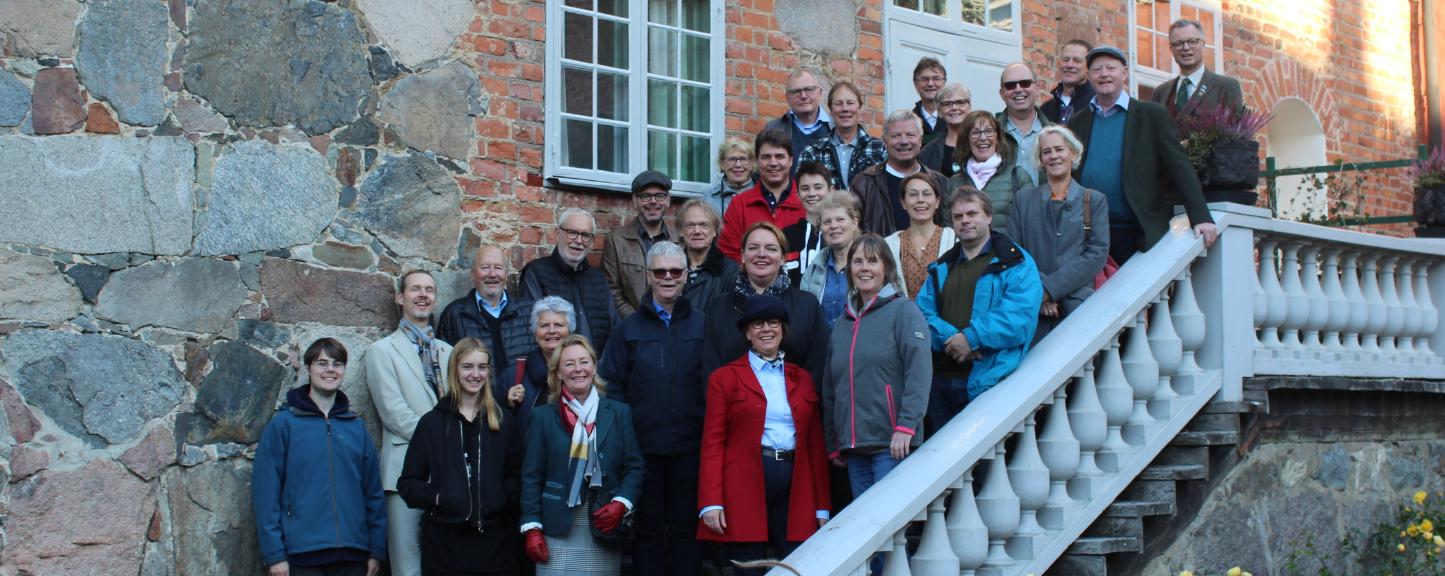Technology has the potential to improve many aspects of renardière life, letting them stay www.ascella-llc.com/portals-of-the-board-of-directors-for-advising-migrant-workers in touch with their own families and good friends back home, to view information about their legal rights and find employment opportunities. However , it can possibly have unintentional negative consequences. This is specifically true if it is used in the context of immigration or perhaps asylum techniques.
In recent years, says and intercontinental organizations have got increasingly turned to artificial intelligence (AI) equipment to support the implementation of migration or perhaps asylum packages and programs. This sort of AI tools may have different goals, which have one part of common: a search for performance.
Despite well-intentioned efforts, the utilization of AI through this context sometimes involves reducing individuals’ real human rights, which include their very own privacy and security, and raises worries about weeknesses and transparency.
A number of circumstance studies show how states and international businesses have implemented various AJE capabilities to implement these types of policies and programs. Sometimes, the purpose of these insurance plans and courses is to minimize movement or perhaps access to asylum; in other circumstances, they are trying to increase effectiveness in finalizing economic immigration or to support enforcement inland.
The usage of these AJE technologies possesses a negative impact on susceptible groups, including refugees and asylum seekers. For instance , the use of biometric recognition technologies to verify migrant identity can pose threats to their rights and freedoms. Additionally , such solutions can cause splendour and have any to produce “machine mistakes, inch which can lead to inaccurate or perhaps discriminatory final results.
Additionally , the usage of predictive types to assess visa applicants and grant or deny these people access could be detrimental. This kind of technology can easily target migrants based upon their risk factors, which could result in them being denied entry or perhaps deported, not having their know-how or consent.
This can leave them susceptible to being trapped and separated from their special loved one and other supporters, which in turn has got negative impacts on the individual’s health and wellbeing. The risks of bias and elegance posed by these types of technologies may be especially big when they are utilized to manage asile or other somewhat insecure groups, including women and children.
Some state governments and institutions have stopped the execution of systems which were criticized by simply civil modern culture, such as presentation and dialect recognition to name countries of origin, or data scraping to monitor and record undocumented migrants. In the UK, as an example, a potentially discriminatory algorithm was used to process visitor visa applications between 2015 and 2020, a practice that was ultimately abandoned by Home Office pursuing civil population campaigns.
For a few organizations, the use of these solutions can also be detrimental to their own standing and bottom line. For example , the United Nations Great Commissioner pertaining to Refugees’ (UNHCR) decision to deploy a biometric matching engine interesting artificial intellect was met with strong criticism from refugee advocates and stakeholders.
These types of technical solutions happen to be transforming just how governments and international organizations interact with refugees and migrants. The COVID-19 pandemic, for instance, spurred a number of new solutions to be released in the field of asylum, such as live video reconstruction technology to get rid of foliage and palm readers that record the unique problematic vein pattern in the hand. The application of these systems in Greece has been criticized simply by Euro-Med Individual Rights Screen for being outlawed, because it violates the right to an effective remedy beneath European and international regulation.

